TALENTS: A CONVERSATION WITH TOUNZI OF MANUFACTORIEL (PT. 2)
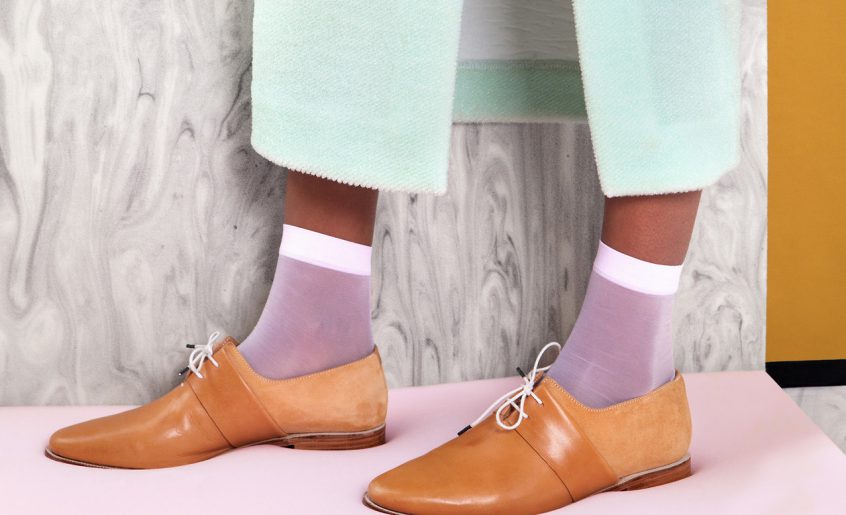
This is the second part of my email exchange – in French and English – with Tounzi, curator of Manufactoriel, for August’s episode of “Talents”.
Manufactoriel is an institution of digital black visual culture, boasting about 30000 followers. The images have caught the eye of cultural institutions the likes of the MET Museum, which follows it on Twitter, and have been reblogged by prominent Afrocentric figures and platforms including Amandla Stendberg, Street Etiquette, Black Contemporary Art, 2manysiblings, African Digital Art, Dynamic Africa, Another Africa, Arts [dot] Blacks. Yasiin Bey gave a shout to it on NTS radio.
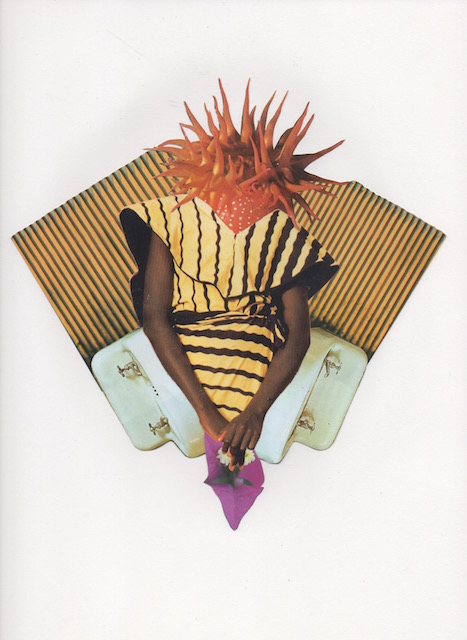
“Talents” is a space to showcase and learn about the work of emerging creatives in the fields of black fashion, photography, and the fine arts.
***
Manufactoriel has a clear aesthetic consistency: you immediately know from a reblogged picture that it first appeared in your blog. What inspires you?
[FR] Ce qui m’inspire ce sont les autres, les expériences particulières des uns et des autres. Pour ça je peux dire que ma famille et mes amis m’inspirent, mes rencontres, mes expériences de vie tout cela, je peux le relier à une image de mon tumblr.
Je suis particulièrement inspiré par le travail de mon frère Neals Niat, dont les oeuvres reposent sur le jeu et le contraste de l’ombre et la lumière, le noir et le blanc, ce qui est tout à fait saisissant. Mon amie Alexandra Kpomda aspirante architecte, dont les photographies prises au Togo sont d’une vividité étonnante. Mon amie Salwat Idi, dont les recherches autour de l’architecture africaine avec une affection pour la culture de l’Afrique de l’Océan Indien, ne cesse d’animer ma curiosité.
Il y aussi le ressenti que me procure une image. Je suis particulièrement touchée par le mouvement et les couleurs. Le rose s’est révélé être l’une de mes couleurs préférée, pour moi elle représente l’apaisement, la gaieté, la communion, la sexualité, la spiritualité. C’est aussi une couleur qui a servi de décor pour l’expo Seydou Keita au Grand Palais.
Le travail de curateur tel que Simon Njami avec Revue Noire ou encore celui de Koyo Kouoh directrice artistique de l’espace Raw Material m’inspire énormément. Koyo Kouoh est une curatrice brillante, tellement fine et précise dans l’exposé de ses recherches.

Puis les lectures que j’ai pu faire. Etonnamment ce sont essentiellement des romans et des articles de psychanalyse et de philosophie. J’ai notamment beaucoup lu sur le rapport entre l’art et la santé mentale et sur la créativité. Je ne lis pas de livre sur l’Art ou sur l’histoire de l’art. Même si la vue de certains titres de tel livre me donne envie de les entamer.
Et bien entendu tumblr m’a beaucoup inspirée aussi. Black Contemporary Art, Street Etiquette, Epeba, Dynamic africa, Lost in urbanism, Amiyaak, Jesuisperdu, Gumasaat, Caminanta, Derica, Tony Gum, Chomma, et je dois certainement en oublier d’autres sont des blogs qui m’ont beaucoup inspiré et qui m’inspirent encore. Aujourd’hui leur feeding sur tumblr est moins important qu’à l’époque mais je retrouve cette même intention de changer les lignes à travers le visuel sur instagram, avec des comptes comme Sunu Journal, Black archives… Instagram est aujourd’hui beaucoup plus riche en termes de contenu et là il ne s’agit plus seulement de montrer des images ou de découvrir mais aussi de produire de nouvelles images et c’est en ça que je trouve ce média très intéressant et inspirant.
[EN] What inspires me are other people, particular experiences of one another. For that, I can say that my family and my friends inspire me, my encounters, my life experiences, all of that, I can relate it to a picture from my blog.
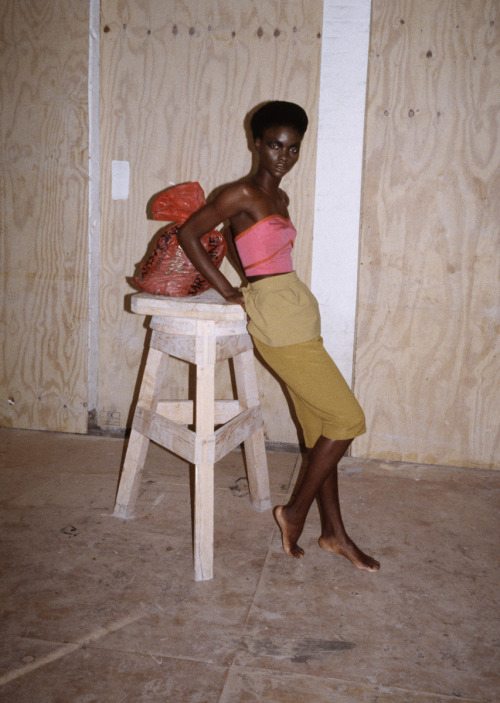
I am particularly inspired by my brother’s work Neals Niat whose work is based on the play and contrasts of light and shadow, black and white, which is very astonishing. My friend Alexandra Kpomda future architect whose photographic work on Togo is stunningly vivid. My friend Salwat Idi whose research on African architecture with a sensitivity to the culture of Indian ocean African area keeps stimulating my curiosity.

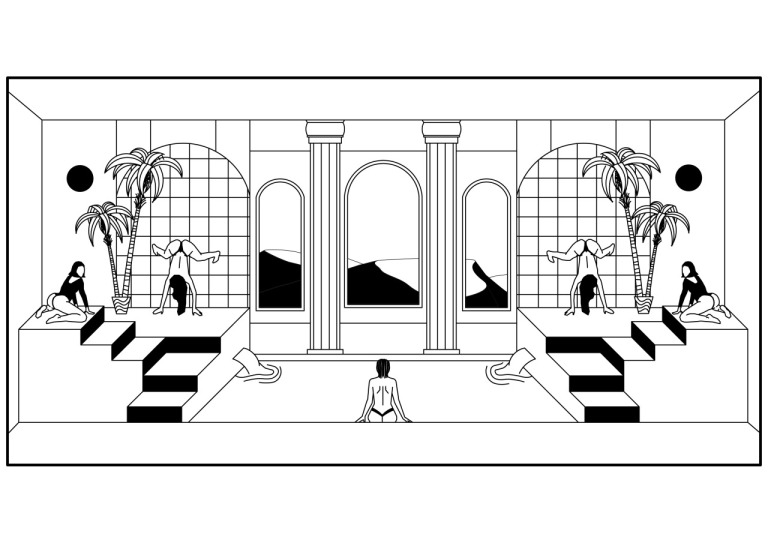
There is also the feeling that a picture gives to me. I am particularly touched by the movement and the colors. Pink came out as one of my favorite colors, for me it represents healing, joyfulness, communion, sexuality, spirituality. It is also a color that was used for Seydou Keita exhibition scenography at Le Grand Palais.
The curator’s task such as Simon Njami’s with Revue Noire, or Koyo Kouoh’s art director of the Raw Material space inspires me a lot. Koyo Kouoh is a brilliant curator, so refined and precise in the presentation of her researches.
Then, the readings I did. Amazingly they are essentially novels and psychology and philosophy articles. I especially read a lot about the link between art and mental health, and about creativity. I do not read books about Art or about history art. Even if sometimes some titles catch my eyes and make me want to open them.
And of course, tumblr inspired me a lot, too. Black Contemporary Art, Street Etiquette, Epeba, Dynamic Africa, Lost in urbanism, Amiyaak, Jesuisperdu, Gumasaat, Caminanta, Derica, Tony Gum, Chomma and some others I certainly forgot to mention, are blogs that quite inspired me and still inspire me today. Today their feeding on tumblr is not as important as at that time, but I find the same need to change the lines through visual medium on Instagram, with accounts like Sunu Journal, Black archives.
Instagram is today much richer in terms of content, and now it is not only about showing pictures anymore, or discovering, but also about producing new images, and this is why I find that media so interesting and inspiring.
What is your opinion of the visual identity of the continent that is emerging on social media and how do you see your archival work in relation to it?
[FR] Je pense que l’identité visuelle émergente que l’on peut voir sur les réseaux sociaux est très riche et surtout très créative. C’est quelque chose de très hybride qui ne ressemble pas à ce qui se faisait il y a 20 ans ou même 10 ans. L’essor d’internet et des réseaux sociaux et la démocratisation des nouvelles technologies a permis aux africains de produire du contenu de qualité en peu de temps et surtout avec peu de moyens, c’est en ça que je trouve que l’Afrique reste un continent protéiforme qui n’a de cesse que de me surprendre. Et puis aussi il existe une multitude d’identité visuelle en Afrique car l’Afrique est à la fois une et plusieurs. Je vois que le travail de Bogosi Sekkhuni ne ressemble pas du tout au travail de Neals Niat, lui même très différent de celui de Isaac Kiaruki par exemple. Pourtant il me semble que tous les trois traitent d’un imaginaire Africain nouveau avec en commun la culture internet. Certains l’appellent afrofuturism.
Et je sais que ces artistes ne préfèrent pas ce terme qu’ils jugent galvaudé. Je suis tout à fait d’accord avec eux.
Je pense que mon travail d’archives est justement là pour complexifier l’idée que l’on se fait de l’identité visuelle africaine, noire. En réalité il s’agit là d’une nouvelle façon de montrer les choses.
Manufactoriel s’inscrit hors cadre du champs de monstration conventionnel.
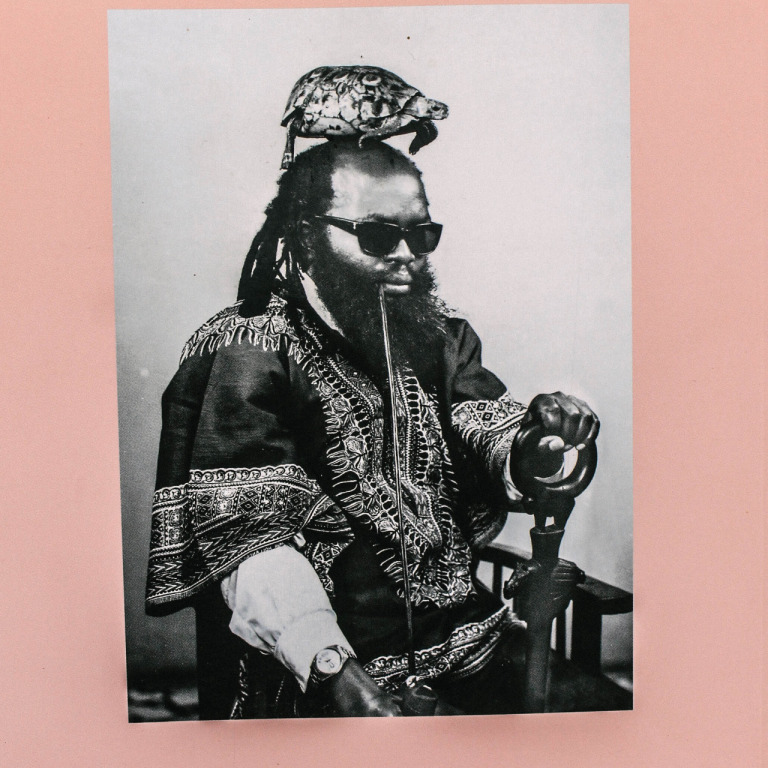
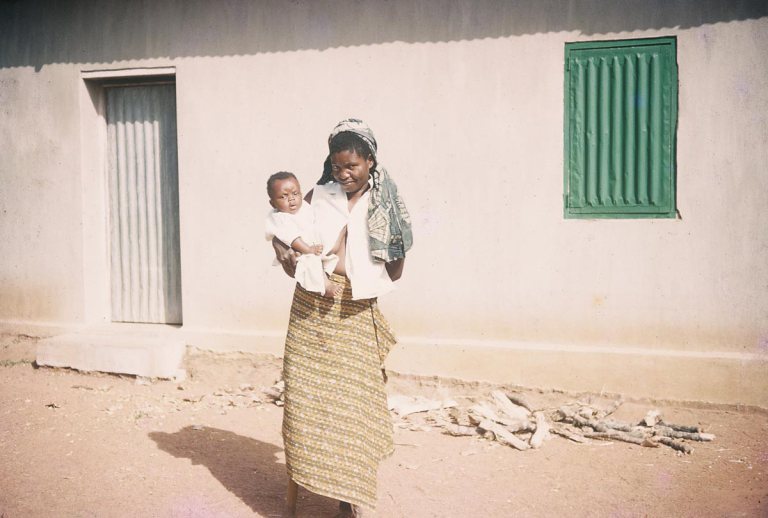
A l’intersection entre la galerie et le moodboard, et l’archivage. Et c’est en cela que je pense que mon travail compte car il a pour ambition ces trois formes de monstration, et est donc à mon avis assez pertinent. Montrer que l’identité visuelle africaine est protéiforme et qu’elle n’est pas un bloc monolithique composé uniquement de masques et autres ornement sacré. Rendre visible ce processus créatif qui prend ses racines dans la richesse culturelle africaine mais aussi des brassement extérieures. Pour reprendre un terme glissantien, je dirais que l’Afrique et sa diaspora sont un rhizome culturel en bouillonnement, qu’il faudrait protéger aussi de toute forme d’appropriation.
Montrer, c’est voir . Voir c’est exister. Exister c’est s’affirmer. J’espère que mon travail commence quelque part dans cette perspective.

[EN] I think that the emerging visual identity we can see on social media is very rich and above all very creative. It is something very hybrid that doesn’t look like what was done twenty years ago, or ten years ago. The rise of the internet and of social media, the democratization of the new technologies permitted Africans to produce quality content in a short space of time, and above all with little means. That is why I think Africa remains a multifaceted continent. I never cease to be amazed at it. Plus, there is a multitude of visual identities in Africa, because Africa is at the same time one and multiple. I see that the work of Bogosi Sekkhuni is absolutely different from the work of Neals Niat, which latter is very dissimilar to Isaac Kiaruki for instance. But yet, it seems to me that they all deal with a new African imaginary related to the internet culture. Some people call it afrofuturism. And I know that these artists do not prefer this term, they find it overused. I totally agree with them.
I do think that my archival work is precisely made to complexify the usual idea of African / Black visual identity. In reality it is a further way to showcase things.
Manufactoriel’s approach is out of usual showcasing boundaries.
Situated at the interface between the gallery and the moodboard, and archiving.
This is why I think that my work is important because it aims at those three ways of showcasing, and so to me it is pertinent. Showing that African visual identity is multifaceted and that it is not a monolithic bloc composed of masks and other various sacred ornaments only. Bringing to light that creative process which finds its roots in African cultural richness but also in external movements. To borrow a Glissantian term, I would say that Africa and its diaspora are forming a burning cultural rhizome that we shall preserve from any kind of appropriation.

Showing is seeing. Seeing is existing. Existing is asserting oneself. I hope that my work begins somewhere within this perspective.

What is the place of African fashion and dress cultures in your research?
[FR] Merci de me poser cette question parce que c’est quelque chose sur laquelle j’aurais voulu allais plus en profondeur sur mon blog et il me semble que j’ai manqué quelque part de source et surtout de support visuel. Je crois que la mode africaine est encore à ses balbutiement tant elle se cherche encore et qu’elle essaie de se démarquer de ce qui se fait en occident. Je parlais d’hybridité un peu plus haut, la mode africaine c’est un peu cela quelque chose hybride et en mouvement et qui gagnerait davantage en style et en force si elle osait davantage. Sortir des sentiers battus ne pas avoir peur du ridicule faire des essais encore et encore.
C’est aussi un risque à prendre que de la créativité dans ce secteur reste encore à être travaillée davantage. La mode africaine ce n’est pas simplement une jupe en tissu pagne bien coupé. C’est bien plus que cela. Et pour ce faire il faudrait que nos créateurs fassent un véritable travail de précréation en amont. Bien sûr cela demande d’avoir accès aux archives et c’est un peu pour ça que mon espace et d’autre existent, c’est qu’il est un facilitateur d’inspiration. Pour ceux qui ne peuvent pas y avoir accès, les archives commence bien souvent à la maison, en se plongeant dans un album photo familial, comme dans le travail de William Kayamba qui avait fait de ses album photo une sorte d’archivage poétique. Un tumblr avant l’heure.



[EN] Thank you for asking this question, because it is something about what I would have wanted to go further on my blog, and I feel like I may have been facing a lack of sources, and above all, of visual aid. I think that African fashion is still in its infancy since it is seeking itself, and since it is trying to distinguish itself from what is done in the Western world. I was talking about hybridity earlier,
African fashion is something like this, something hybrid and in movement, and that would gain some more style and force if it attempted more. To get off the beaten track, to not be afraid of ridicule, and to test again and again.
This is also a risk that should be taken to admit that creativity in this sector has to be improved. African fashion is not simply a well cut wax skirt. It is much more than this. For this purpose, our fashion designers should make a real precreation upstream work. Of course, it requires to have access to the archives and this is why my platform and others exist, it is an inspiration facilitator. For those who cannot have access to it, archives often begin at home, immersing oneself in a family album, just like in the work of William Kayamba who had made from his photo albums a sort of poetic archiving. A tumblr ahead of its time.
What do you have in store for the future?
[FR] J’ai quelques projets sur lesquels je travaille depuis un bon moment. Naturellement la curation est une chose que je désirerais expérimenter. Mais je ne souhaite me restreindre ça, l’essai et la critique d’art sont des exercices auxquels j’aimerais me frotter. Je suis aussi attirée par la direction artistique et je travaille en ce moment sur quelques projets qui verront le jour très bientôt.
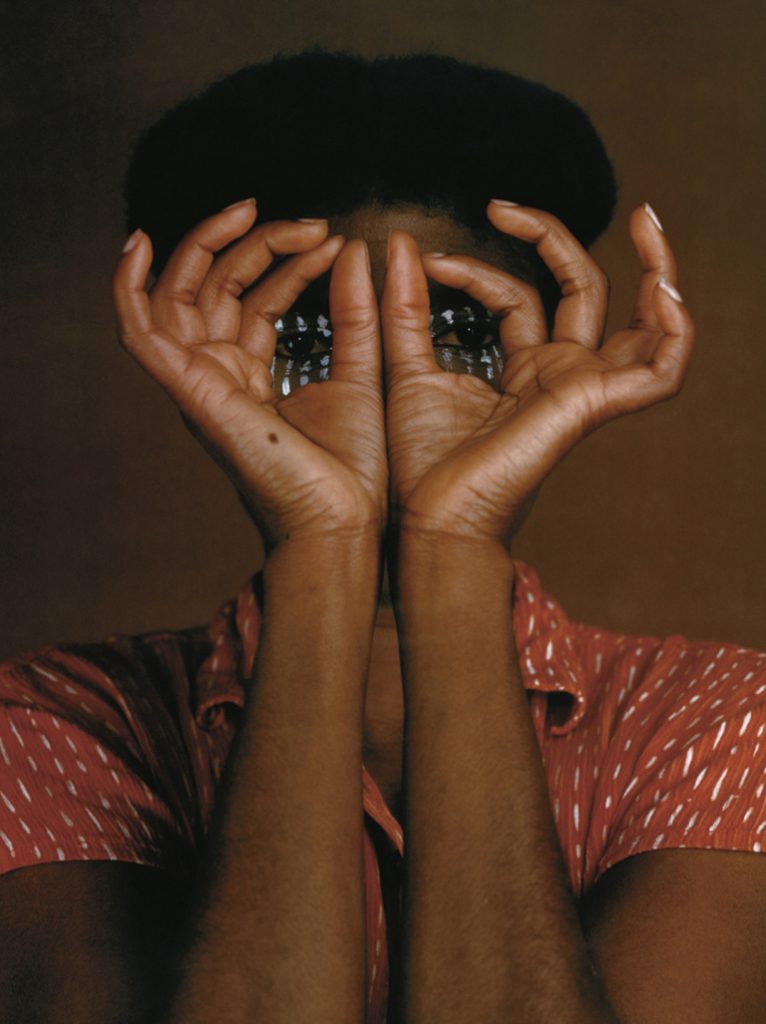
[EN] I have several projects I am working on for some time now. Naturally, curation is something I would like to experiment. But I do not want to be limited to this, essay and art criticism are exercises I would like to confront myself with. I am also attracted by artistic direction and I am working currently on several projects that will see very quickly the light of the day.

All images were borrowed from Manufacturel blog